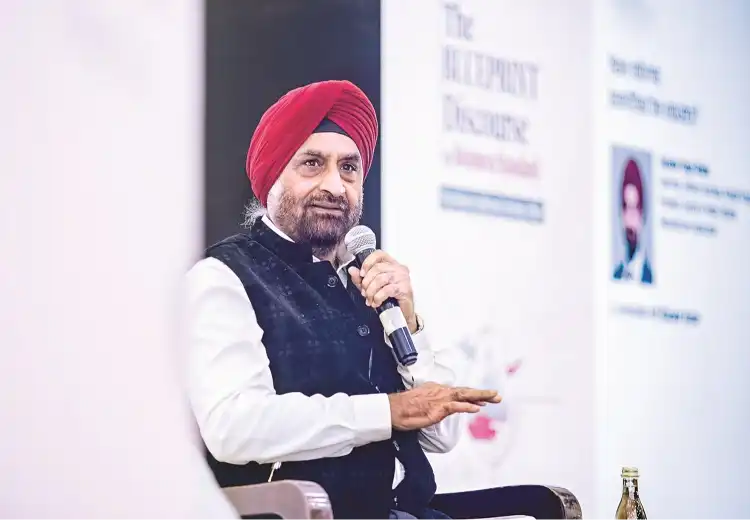Rajinder Singh Bhatia, chairman of Kalyani Strategic Systems (Bharat Forge’s defence subsidiary) and president of the Society of Indian Defence Manufacturers, warns that India’s seven-year defence procurement cycles risk acquiring outdated systems. “For critical and fast-changing platforms, procurement cycles should be 18 to 24 months,” he says.
Reforms Have Boosted the Private Sector
A decade ago, private companies faced bureaucratic hurdles in defence production. Trials often had to be conducted abroad. Reforms under Manohar Parrikar changed this, allowing domestic testing. By 2019, the Defence Acquisition Council had approved 150 guns, with production for the Indian Army starting in 2025.

While these reforms have helped, challenges remain in procurement procedures and timely approvals.
India’s Defence Production Potential
India’s defence industry has grown substantially. Bhatia notes his company expanded from single-digit production to four-digit numbers in 12 years. The technical and manufacturing base is stronger than ever.
With streamlined acquisition reforms, faster processes, and efficient spending, India can match historic global production rates—such as the US producing over 200,000 aircraft in five years during World War II. The current output is far below the sector’s potential.
Procurement Timelines and Enforcement
The Defence Procurement Procedure (2020) sets a 36-month target for procurement. In practice, projects often take five to eight years, with tenders sometimes cancelled after long waits. While even the US takes around 11 years for complex systems, countries like South Korea and Israel demonstrate faster acquisition is possible.
Bhatia stresses that critical, rapidly evolving platforms cannot wait seven years. Shorter cycles of 18–24 months are essential to remain competitive.
ATAGS: A Leap in Artillery Capability
The Advanced Towed Artillery Gun System (ATAGS), developed by DRDO with Bharat Forge and Tata, has a range of 48 km, surpassing conventional 155 mm-52 calibre guns (40–41 km). Its larger chamber and improved charges allow strikes beyond the enemy’s counter-barrage range, giving India a tactical edge.
Technology Driving Defence Evolution
Defence technology is evolving rapidly, often influenced by civilian innovations. India benefits from a skilled workforce and global capability centres of major OEMs. The government has promoted defence startups, but challenges remain.
Many startups face the “valley of death,” where 80% fail due to lack of funding to move from prototype to production. Before 2018, India had fewer than 10 defence startups; today, over 3,000 are registered, and 1,100 have secured orders. Comparatively, per capita numbers are far lower than in countries like Israel. Bhatia suggests aiming for 100,000 startups across defence, aerospace, and tech.
Private Sector Readiness
Today, private companies can manufacture several defence systems. Scaling production is possible if orders are certain and timelines are clear. Delays from conditional contracts, trials, and approvals continue to affect delivery. With capital and commitment, the private sector can provide surge capacity when required.
Need for Streamlined Procedures
The new Defence Procurement Manual (DPM) offers some improvements, primarily for routine revenue requirements, but Bhatia emphasizes the need for a leaner, faster Defence Acquisition Procedure. Reducing the current 600-page framework to around 100 pages would allow the industry to assimilate policies and respond quickly.While progress has been made, reforms must continue to streamline processes and enable private sector participation at scale.
